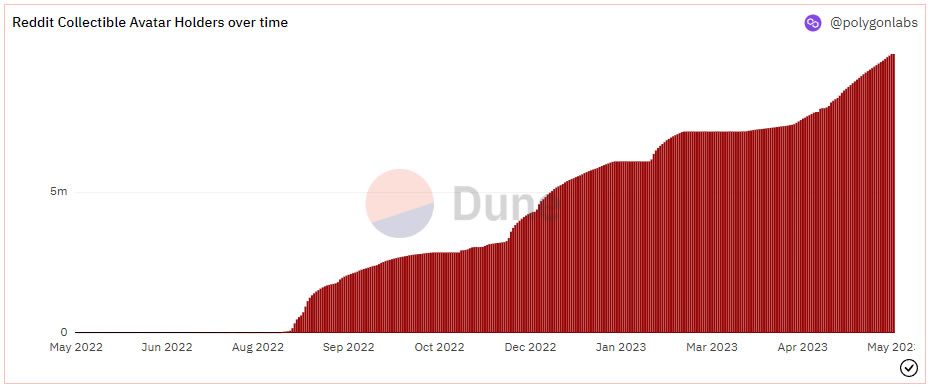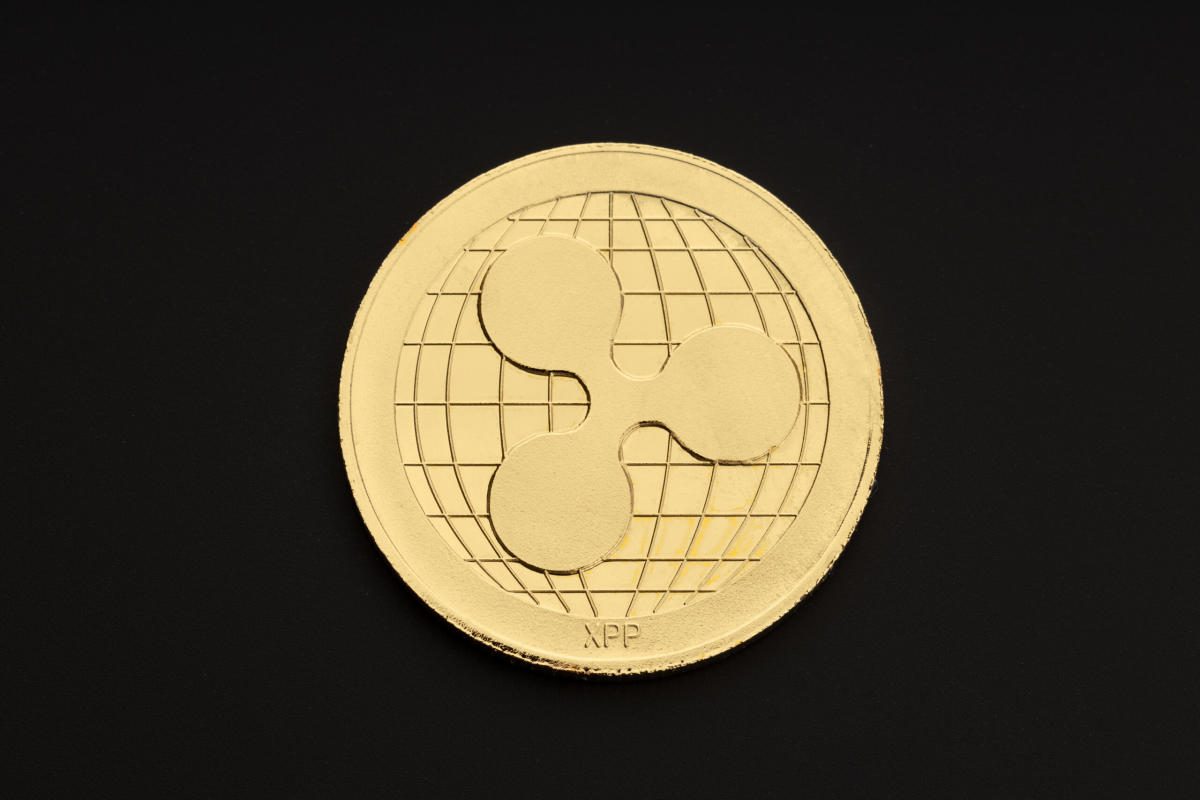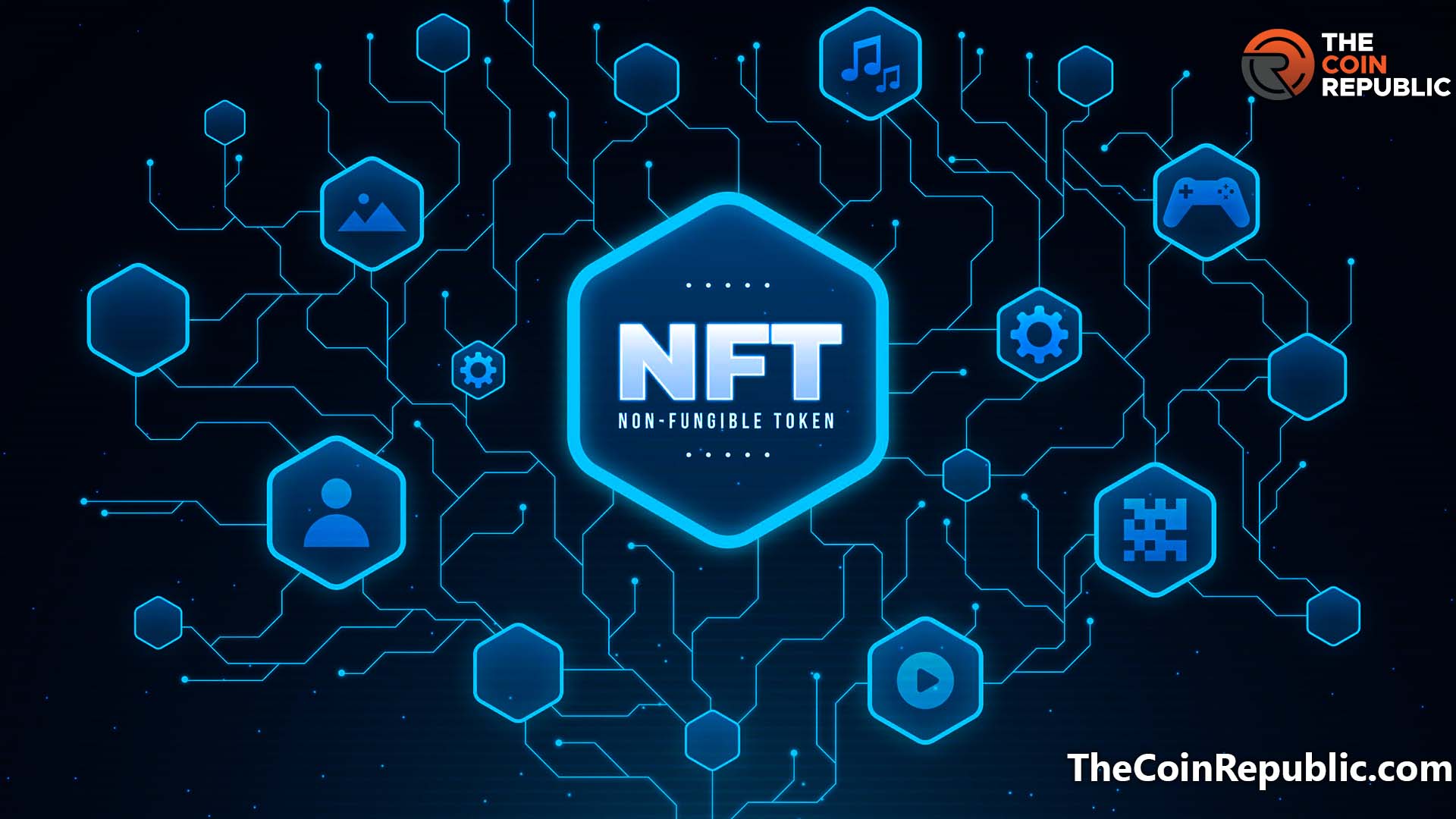Norris McDonald | Abacus to crypto: Blockchain, digital money, busy cryptocrash | Comment

The FTX Cryptocurrency Exchange crash has sent shockwaves throughout the cryptocurrency market, with cryptocrazy poker chips flying all over the place as players try to cash in and realize “the house can’t pay”.
At the beginning of 2022, 2.9 trillion dollars had been invested in 9,245 cryptoassets (cryptocoins), coinmarketcap.com data reveals. FTX was the second largest of all cryptocurrency trading houses.
Given the crypto crisis, these “intangible mental assets” fell by about 70 percent to a current level of about $900 billion.
Bitcoin is the best known of all cryptocurrencies – a digital, intangible, computer-generated asset that is “minted” (created) and traded on these coin exchanges.
In 2010, one bitcoin or BTC was given a one-to-one value to the US dollar. A seemingly irrational cryptocrash has since emerged to the point that in just 12 years, with no underlying asset base, BTC reached an “imputed mental value” of USD 67,000 in May 2021. Recent panicked, frenetic BTC selling has pushed the trading range for November 2022 to USD 16,000.
Bitcoin is now like “the big, pearly marble” we love, which becomes a “chippy” the longer we “crush it”, with our fingers in friendly marble play.
Part of the problem with any form of gambling, such as crypto-crazy trading, is understanding the underlying rules and principles that govern the game. All players must follow these rules. FTX did not comply with these supposed rules, to the detriment of their investors.
The FTX collapse follows a long pattern of continued revelations and scandals that have seen many people jailed for alleged cryptocurrency fraud, with many investors losing their money.
And yet, incredibly, this irrational cryptocrash continues.
How did we get here?
Bitcoin, the first of many cryptocurrencies, was created in 2010, a year CNN Money called “The Year of Uncertainty and Volatility”.
America was just emerging from the banking, lending and housing market crash of 2007-8. People simply lost faith in the ability of the capitalist market, in its constituted form, to give them the happiness and peace of mind they wanted.
Trillions of dollars were in circulation, or hidden away, with many large investors not knowing what to do with all this money.
This huge volume of money included both tons of cash the US central bank dumped into US banks through a program called ‘quantitative easing’, and ‘off the books cash’ held by large corporations.
Quantitative easing was simply the US government dumping money into the US financial system, even as it reduced the cost of borrowing money.
Cryptocurrencies satisfied the prevailing money gambling hunger or frenetic cryptocrash we see today.
My friends, I’m sure there are many crypto-mad investors asking themselves, ‘Why did I do this?’
Finally on this, although cryptocurrencies can be traded when the holder wishes, for tangible assets or government currencies, it is all wild, irrational speculation.
We all know that people make investment decisions—whether they’re betting on a racehorse, buying numbers, playing the stock market, or buying cryptocurrencies—on what they’re willing to risk versus how much they hope to win.
At least that’s what many psychologists say. In short, how greedy are you? Or put another way, how afraid are you of losing your money?
Sad to say, many ordinary investors may well be in emotional distress, wondering why their “crypto manna never falls from the money tree sky”.
DIGITAL CURRENCY
Blockchain technology is the interconnected, encrypted foundation of digital or crypto-currencies. With blockchain, there is apparently a more secure, encrypted transfer of financial or information from one interconnected block to another encrypted system.
Blockchain, however, has been found to have wider, positive uses in the business world.
Central bank digital currencies (CBDC), often called ‘digital currency’, are seen as the more rational side of the new blockchain, cryptocurrency development.
The Bahamas was the first country to introduce an electronic currency, the Sand Dollar, in 2020. This Sand Dollar is linked to the Bahamian Dollar. Jamaica is among several countries trying to join the Bahamas in introducing a CBDC.
China has already developed a digital currency. In early 2022, China introduced a digital currency, the electronic yuan, eCNY, to serve 1.2 billion consumers.
We need to make a clear distinction between a digital central bank currency, backed by cash reserves, and a crypto-asset, such as bitcoin, which is not backed by gold or other tangible assets.
My dear friends, ingenuity, innovative thinking, is what it’s all about.
Historical experience has shown that the world has moved from the abacus, one of the first ancient “business counting” devices, to an exciting era of mobile phones, laptops, solar energy and other smart devices.
‘Virtual abaci’ are our mobile phones, laptops, digital terminals and other smart devices. It is certainly a great leap forward in this new technological age.
These modern abacies have helped people in rural areas of Africa, Asia, Latin America and the Caribbean to send and receive money, buy things online and pay their bills.
In African countries, for example, during the COVID-19 pandemic, mobile phones and other smart devices were used to transfer an estimated $20 billion per month.
The lesson we learn here is that poor countries with virtually non-existent rural banking systems can use technology to increase financial independence.
Jamaica and the Caribbean are also well positioned to benefit from the positive gains of the cryptocurrency revolution. CARICOM may create a regional cryptocurrency, ‘CARIB’, issued by the Caribbean Development Bank, which operates as a quasi-central bank.
Jamaica, with its digital exchange, or ‘Jam-Dex’, and the Bahamas, with the Sand Dollar, could help pave the way for this digital CARIB currency.
Ultimately, the digital revolution, used positively, can increase the economic independence of the people.
It’s just the “bitta” truth!
Norris McDonald is an economic journalist, political analyst and respiratory therapist. Email feedback to [email protected] and [email protected].
























